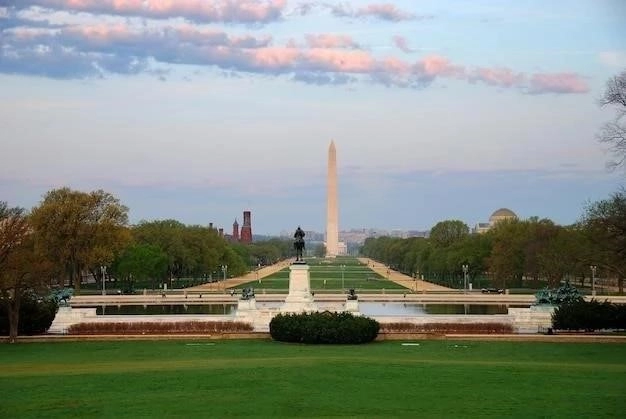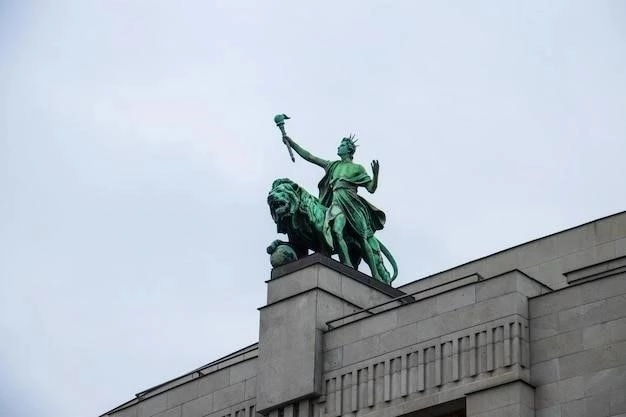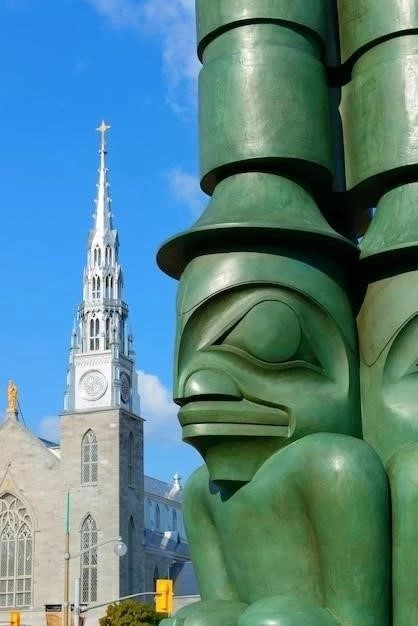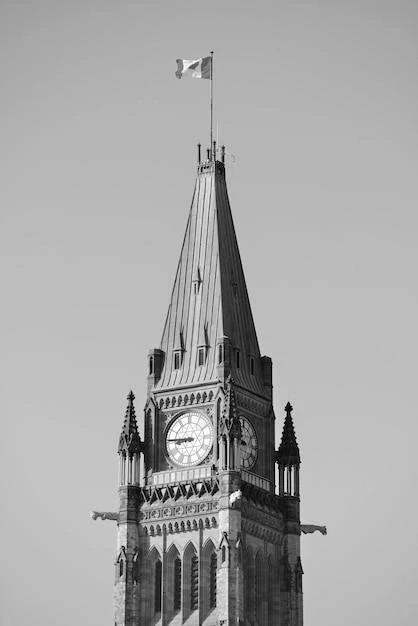The Victoria Memorial‚ an imposing marble edifice standing majestically in the heart of Kolkata‚ India‚ is a grand reminder of the British Raj. More than just a monument‚ it serves as a tangible link to a bygone era‚ reflecting the architectural prowess and imperial ambitions of the British Empire. This article delves into the history‚ architecture‚ and cultural significance of the Victoria Memorial.
A Memorial is Born: Lord Curzons Vision
The genesis of the Victoria Memorial can be traced back to the death of Queen Victoria in 1901. Lord Curzon‚ the then Viceroy of India‚ deeply moved by her passing‚ proposed the creation of a lasting tribute to her memory. His vision was not merely to erect a statue‚ but to build a magnificent structure that would serve as a testament to the Queens reign and the grandeur of the British Empire in India.
Curzon envisioned a grand edifice‚ blending Indian and European architectural styles‚ surrounded by sprawling gardens. This monument‚ he believed‚ would not only serve as a memorial but also house a museum and a center for intellectual and cultural pursuits.
From Concept to Reality: The Construction
The foundation stone of the Victoria Memorial was laid in 1906 by the Prince of Wales‚ later King George V. The chosen site was a prominent location in Kolkata‚ then Calcutta‚ known as the Maidan‚ a vast open parkland. The construction‚ a massive undertaking‚ took fifteen years to complete‚ finally opening its doors to the public in 1921.
The design of the Victoria Memorial was a collaborative effort. The chief architect‚ William Emerson‚ drew inspiration from various architectural styles‚ including British‚ Mughal‚ Venetian‚ and Egyptian. The result was a unique blend of architectural elements‚ evident in the dome‚ the chhatris (domed pavilions)‚ and the intricate marble work.
The Architectural Marvel: A Fusion of Styles
The Victoria Memorial is an architectural marvel‚ built primarily of white Makrana marble‚ the same material used in the Taj Mahal. The central dome‚ inspired by the Taj Mahal‚ is crowned with a bronze statue of Angel of Victory. Surrounding the dome are smaller chhatris‚ adding to the grandeur of the structure.
The edifice is adorned with sculptures‚ friezes‚ and carvings‚ each telling a story from British history or Indian mythology. Statues of notable figures from the British Raj‚ including Queen Victoria herself‚ stand guard at various points‚ further emphasizing the imperial narrative.

Beyond a Monument: The Museum and its Collections
True to Lord Curzons vision‚ the Victoria Memorial is not merely a monument but houses a vast collection of artifacts and artworks within its hallowed halls. The museum‚ divided into several galleries‚ offers a glimpse into the history of India‚ particularly the British colonial period.
Key collections include:
- Paintings: A rich collection of paintings by both Indian and European artists‚ depicting various aspects of life in British India‚ landscapes‚ and portraits of significant figures.
- Arms and Armory: A display of weapons and armor from different periods‚ showcasing the evolution of warfare in the region.
- Textiles and Costumes: An exquisite collection of textiles‚ embroidery‚ and costumes‚ reflecting the rich textile heritage of India.
- Manuscripts and Rare Books: The library houses a valuable collection of rare books‚ manuscripts‚ and historical documents‚ providing insights into the literary and intellectual history of the period.

The Gardens: An Oasis of Tranquility
Surrounding the Victoria Memorial are sprawling gardens‚ spanning over 64 acres‚ meticulously landscaped with manicured lawns‚ vibrant flowerbeds‚ and serene water bodies. These gardens‚ designed by Lord Redesdale and David Prain‚ offer a tranquil escape from the bustling city.
The gardens are adorned with numerous statues and sculptures‚ further enhancing the aesthetic appeal. Visitors can enjoy leisurely walks‚ bask in the tranquility of the surroundings‚ or simply relax amidst nature.

The Victoria Memorial Today: A Cultural Icon
Today‚ the Victoria Memorial stands as a prominent landmark and a major tourist attraction in Kolkata. It serves as a reminder of Indias colonial past‚ prompting reflection and dialogue on history‚ heritage‚ and identity. The museum continues to attract visitors from around the world‚ offering a glimpse into a pivotal period in Indias history.
Beyond its historical significance‚ the Victoria Memorial remains an important cultural center‚ hosting exhibitions‚ lectures‚ and cultural programs throughout the year. The sprawling gardens provide a green lung for the city‚ a space for recreation and respite. As Kolkata evolves‚ the Victoria Memorial remains a steadfast presence‚ a testament to a bygone era‚ and a vibrant hub for cultural expression.

A Legacy of Ambivalence: Interpreting the Victoria Memorial
The Victoria Memorial‚ while an architectural marvel and a repository of historical artifacts‚ occupies a complex space in Indias postcolonial narrative. Its existence prompts a nuanced discussion about its meaning in contemporary India‚ far removed from the context of its creation.
A Symbol Reinterpreted: From Imperial Tribute to National Heritage
The monument‚ conceived as a symbol of British imperial might and a tribute to the monarch of a bygone era‚ has undergone a significant symbolic transformation in post-independence India. While its origins are deeply rooted in the colonial past‚ it is today viewed as a part of Indias national heritage‚ a testament to the countrys complex history.
This shift in perception reflects a broader trend in postcolonial societies‚ where monuments and structures from the colonial era are being reclaimed and reinterpreted. The Victoria Memorial‚ once a symbol of British rule‚ now stands as a reminder of Indias journey to independence‚ a tangible link to a past that shaped the present.
Navigating Difficult Histories: Acknowledging the Colonial Legacy
The presence of the Victoria Memorial‚ however‚ is not without its critics. Some view it as a glorification of the colonial past‚ a painful reminder of oppression and exploitation. The opulent architecture and the celebratory tone of the museums exhibits‚ they argue‚ fail to adequately address the suffering inflicted upon the Indian people during British rule.
This critique highlights the challenges faced by postcolonial societies in grappling with their colonial legacies. Monuments like the Victoria Memorial serve as focal points for these debates‚ prompting critical reflection on history‚ power‚ and representation.
The Victoria Memorial in the 21st Century: A Catalyst for Dialogue
The Victoria Memorial‚ despite its contested past‚ has the potential to play a constructive role in contemporary India. It can serve as a catalyst for dialogue about colonialism and its enduring impact‚ fostering a deeper understanding of history and its complexities.
Museums within the Memorial can curate exhibitions that present a more balanced and nuanced perspective on the colonial era‚ acknowledging both the achievements and the injustices of that period. Educational programs can be developed to engage visitors with critical perspectives on history‚ encouraging reflection and discussion.
Conclusion: A Shared Heritage‚ A Contested Past‚ A Platform for the Future
The Victoria Memorial stands as a powerful reminder of Indias complex past and its evolving present. It is both a product of its time and a reflection of the changing times. While its colonial origins cannot be erased‚ its meaning can continue to evolve‚ serving as a platform for dialogue‚ reflection‚ and reconciliation.
By acknowledging the complexities of its history and engaging with diverse perspectives‚ the Victoria Memorial can continue to play a relevant role in contemporary India‚ not as a monument to empire‚ but as a space for critical engagement with the past and a shared vision for the future.










